Mammillaria elegans is a species of globular cactus native to Mexico, although the name has been historically misapplied to several similar Mammillaria species. Assuming you’re referring to the plant most commonly cultivated under this name (often confused with Mammillaria geminispina or M. compressa), here’s a detailed care guide:
🌞 Light
-
Needs bright light to full sun for best form and flowering.
-
Indoors: place near a south- or west-facing window.
-
Outdoors: morning sun and light afternoon shade are ideal in hot climates.
🌡️ Temperature
-
Thrives in 65–85°F (18–29°C).
-
Can tolerate short drops to 30–40°F (-1 to 4°C) if kept dry.
-
Frost-sensitive—protect or bring indoors in winter.
💧 Watering
-
Water only when the soil is completely dry.
-
Growing season (spring–early fall): water every 2–3 weeks.
-
Dormant (late fall–winter): water once a month or less.
-
-
Avoid water pooling near the base—can cause rot.
🌱 Soil
-
Requires very well-draining soil.
-
Use a cactus/succulent mix with added perlite, pumice, or coarse sand.
-
Avoid moisture-retaining soils like peat-based mixes.
🪴 Pot
-
Always use a pot with drainage holes.
-
Terracotta pots are great for airflow and moisture regulation.
🍽️ Fertilizer
-
Use a low-nitrogen cactus fertilizer during growing season (every 4–6 weeks).
-
Skip feeding in winter.
🌸 Flowering
-
Produces small pink or white flowers, often in a ring near the crown.
-
Flowers in spring or early summer under good light and dry winter rest.
🐛 Pests & Problems
-
Watch for:
-
Mealybugs (often in areoles)
-
Spider mites
-
Root rot from overwatering
-
-
Keep the plant in a well-ventilated area to prevent fungal issues.
🧠 Extra Tips
-
Grows in clumps or clusters over time—can be separated for propagation.
-
Can live for decades with proper care.
-
If grown from seed, it takes several years to flower.
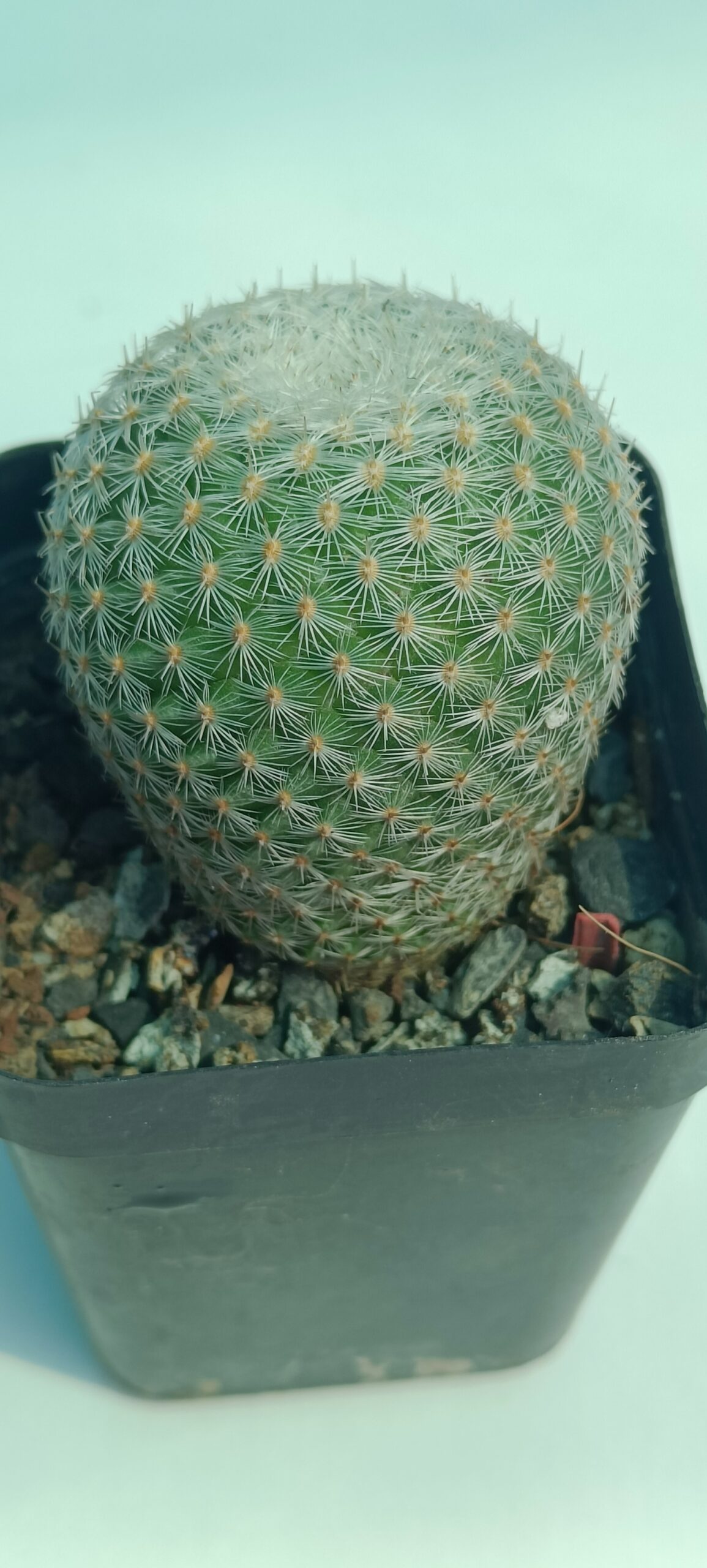
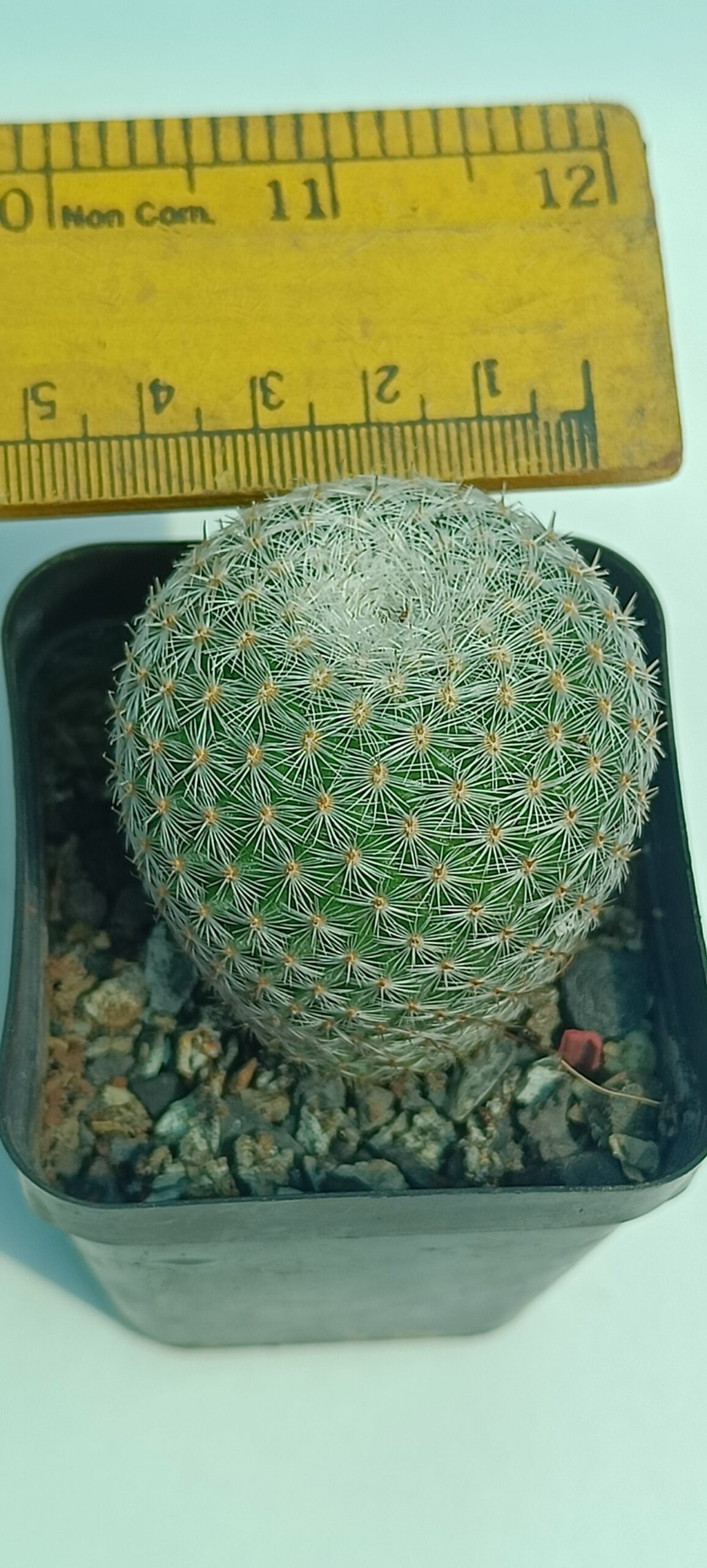
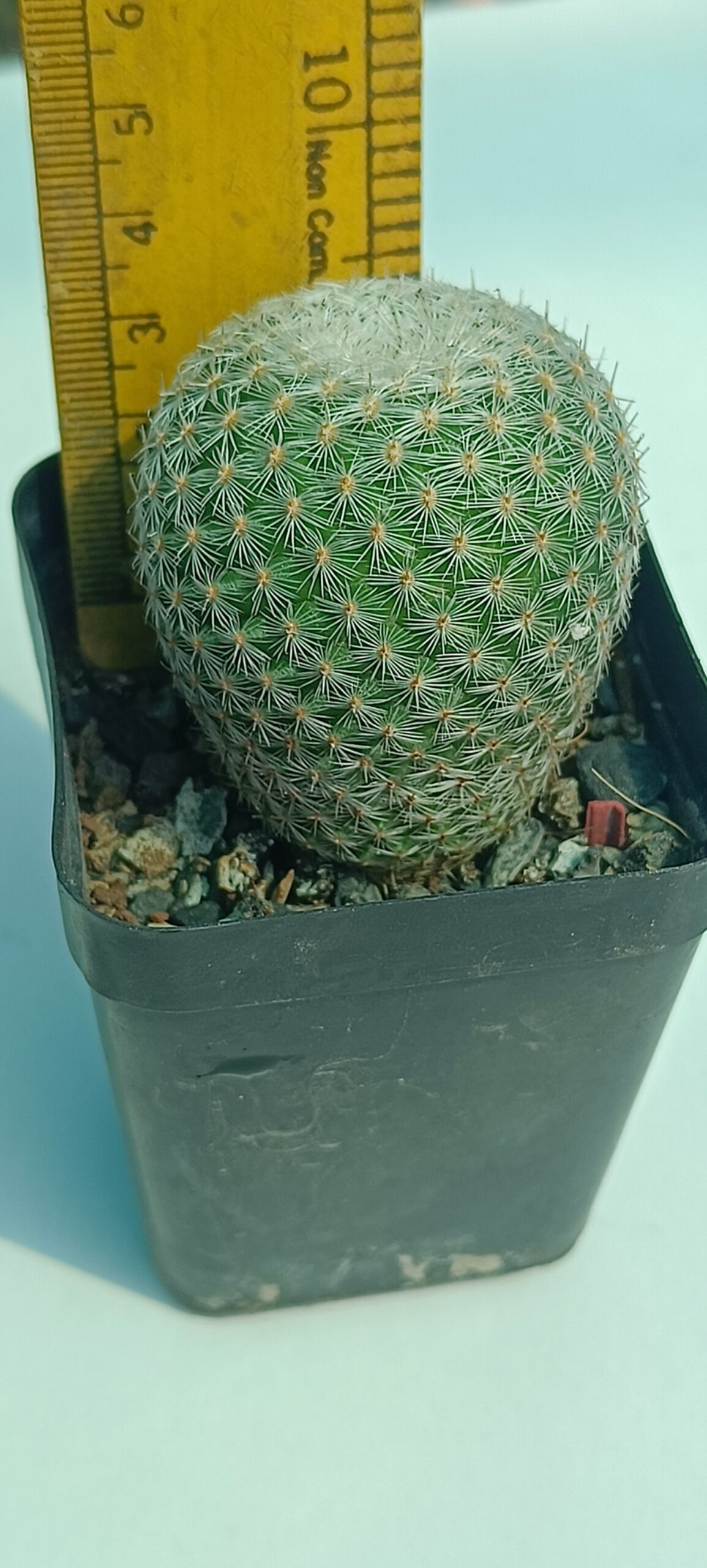
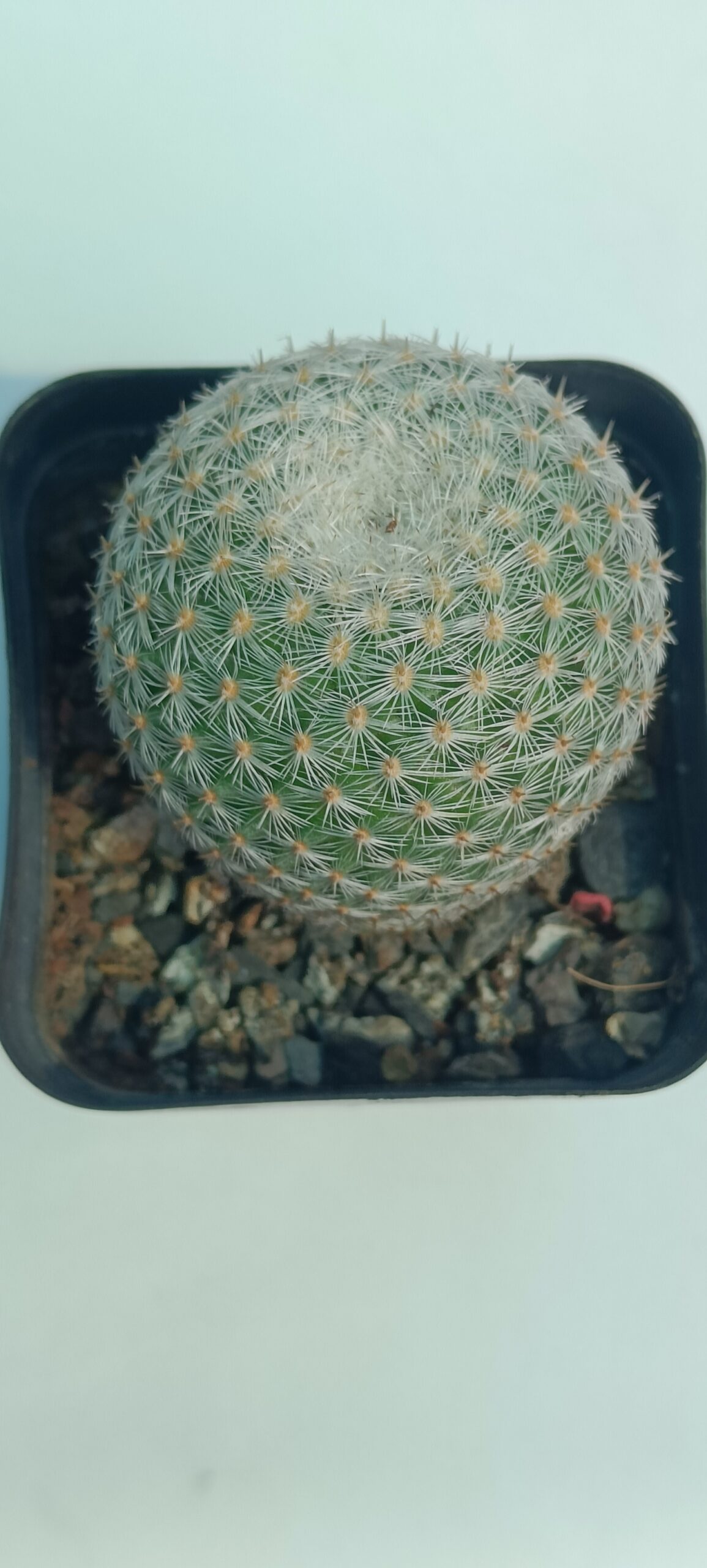
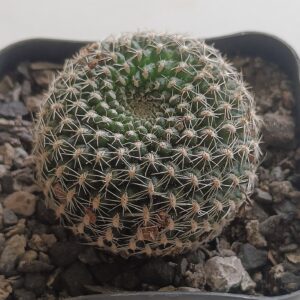


Reviews
There are no reviews yet.